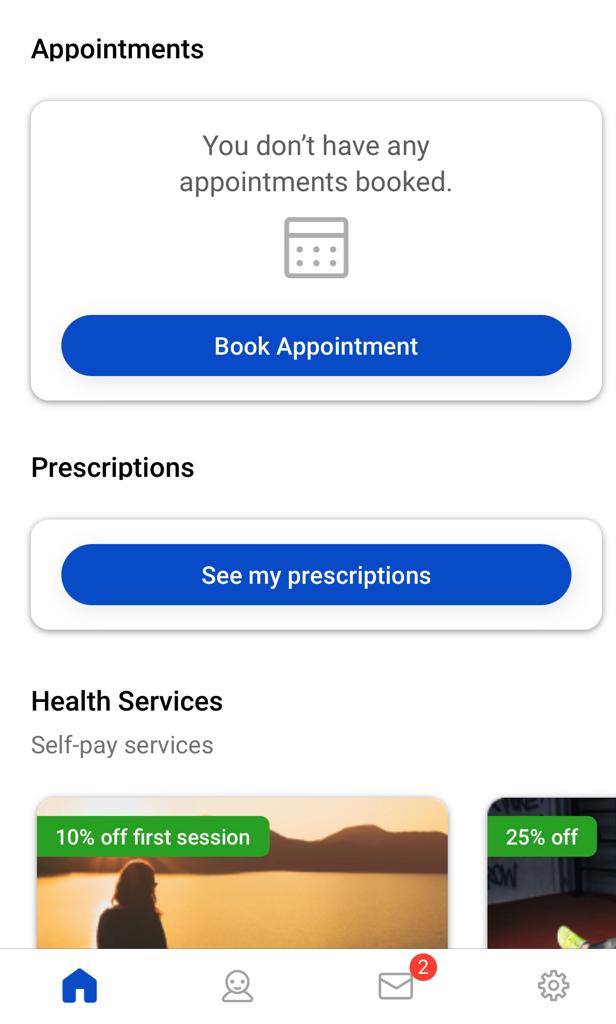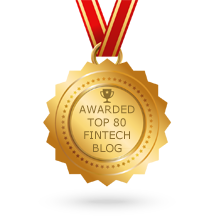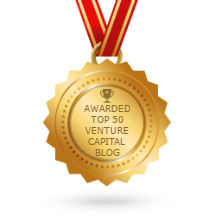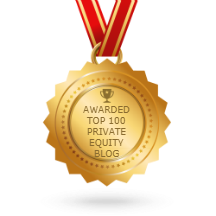|
Numerous cities around the world want to become ‘smart’ cities. One main objective of smart cities is to collect data to improve and develop services. As a result, many vendors are also keen to get to the smart city business. These projects are network, infrastructure and big data intensive. So how does this benefit ordinary people? Any value to individuals and their privacy seem to have a lower priority, although the ultimate target should surely be to improve the lives of residents.
Smart city concepts started to trend some years ago and are increasing in popularity. 5G and Edge also are seen as essential technology boosts for those projects, and that’s why network vendors and carriers are involved in most projects. Smart cities are seen as a good reason to build technology infrastructure to collect, transfer and analyze all that data. Cities target to collect data and analyze it to optimize services and operations for many purposes, such as traffic management, public transportation, power consumption and production, water supply, waste collection, crime reduction, healthcare and community services. Environmental aspects are also becoming more critical. Air quality, noise pollution and consumption of energy are other areas cities want to improve. This all sounds great, but as we know from many other technology projects, it’s very different to focusing on the development of services for individuals, the user experience, and their unique needs and values. Beyond that, privacy and data protection are now critical issues in these kinds of huge data projects. At worst, smart city infrastructure resembles a real ‘big brother’ scenario. It is possible to build smart cities that serve individuals better, but it would require parties to develop services from a consumer’s perspective. The concept could help people get better services, optimize their movements, live healthier lives, save time and money and improve the quality of life in many ways. Ten years ago, we had to rely on mobile app developers to provide useful apps to individuals because carriers and network vendors were not able or motivated to do it. Many services would also become more valuable if we were able to combine personal and public data. Your movements combined with traffic and public transportation data, air quality data with your daily walking and running routes, and your personal habits with daily energy consumption peaks are just some examples. Together, the two data sources could create value for the individual and society. This could be achieved if individuals had access to public data combined with their own personal data. In this way, privacy could be respected and preserved. But if public services start to surveil individual people, we immediately encounter data protection and privacy risks. It would also lead to a model that cities, authorities and service providers would plan what they think is suitable for individuals, not to offer tools for individuals to improve their own lives. For city authorities, infrastructure vendors and carriers that dominate projects, it is not easy or conducive for them to build systems from an individual’s point of view. Of course, politicians in the city councils should be thinking of the residents they represent, but it’s not enough. We also need technology solutions and vendors that focus on building solutions and services for individuals. This would likely involve an additional layer for the services. Maybe something similar to app stores made for mobile apps that also enable users to protect their privacy and manage their personal data. It could also empower many other parties to develop services for residents and give them the power to decide what services they want to use. The best services are hardly ever developed by authorities and big tech companies deciding on what the individual wants. Smart cities should be focused more on the needs of residents. There are many ‘nice’ and ambitious plans to make cities and the lives of residents better, but nice plans are never enough. The real questions are who are the actual customers, who can decide which services to use and who will control the data. To make these services beneficial for people, the concepts, technology, architecture, data and business models should be designed to empower people, not just to surveil and control them. Non-fungible tokens (NFTs), have gathered a lot of interest recently. They certify digital assets, including millions of dollars of digital art pieces. Christie’s has already sold an NFT work of art by Beeple. Of course, it raises the question, is this something more concrete than Initial Coin Offerings or ICOs in 2017.
NFTs are digital certificates on a digital ledger, or blockchain, that proves a digital asset to be unique and therefore not interchangeable. NFTs are used to represent and certify photos, videos, audio and other types of digital files. Art is currently getting all the publicity, but NFTs can certify many other items, including text, software code or even Twitter tweets. The fundamental idea is that a digital object can be tokenized, and it becomes unique in that way. It is, in principle, not possible to make further copies of it. Some people have commented that the value and irony of NFTs is that although their name is non-fungible, they are easily fungible. They can be unique, but it is easy to trade them. And as we know, things can have value and liquidity if there is enough demand and supply and transactions costs are low enough. Many of us can still remember the 2017 ICO boom when companies started to offer their own tokens. Typically, they were startups (or not even startups but startup ideas) with business plans (called white papers). They included a token as an important component of their business plans and then started to sell those tokens. Some projects were able to collect significant money and, in rare cases, built a long term business. Many people participated in ICOs to learn how to buy a token, not thinking of its ROI. Some people had many bitcoins, and some had a hard time selling them (because they had no idea how they had acquired them) and wanted to diversify to other tokens. A fundamental difference between NFTs and ICOs is that ICO tokens usually represent only some future promises. NFTs represent assets, especially digital assets. In that way, buyers can evaluate how they see the value of their assets. It is always complex to evaluate the value of art, and NFT art has precisely the same challenges. Then there are many other digital items like pieces of music, virtual items in games and software components that can have an NFT. There are also plans to expand the NFT concept from virtual and digital items. There could also be digital certificates to represent physical items, for example, a certificate to prove real estate ownership. This part requires a legal framework that enables the use of this kind of digital certificate. NFTs have also generated crowdfunding plans. People and companies could sell fractions of their work, for example, music, movies or software. NFTs can make this market more effective, but it doesn’t remove all crowdfunding challenges, especially how to find the correct value and then make the secondary market liquid. It is also good to remember the model can work for some items that have enough supply and demand, but it doesn’t mean NFTs alone guarantee them for any item. There are several new business plan ideas based on NFTs. For example, if software is published as an NFT, there could be a new GitHub, especially for NFT software. Companies and individuals could start to license data as NFT packages, and media companies could also offer NFT content. Ethereum, which is based on the proof-of-stake model, is the most commonly used solution for NFTs. Blockchain still has fundamental questions around which solutions have a long term future and value. When blockchain software is updated, and a fork created, backward compatibility is an important question. A soft fork means a new version is backward compatible, and a hard fork means it is not. If a new version is not backward compatible, then old tokens won’t work in the new system. In the end, it is the community of each token that can decide which updates and forks take place. The fundamental question for each blockchain solution is its future backward compatibility. At the moment, Ethereum looks like a safe bet to implement blockchain-based solutions. With lesser-known blockchains, it is harder to predict their future. The NFT concept is more concrete and makes it easier to evaluate items than ICOs did. But in the end, an NFT’s value depends on the underlying items, so it is impossible to say if an NFT as such represents something valuable or only empty promises. NFT is an excellent model to manage and trade the value of digital items. But it is crucial to remember that an NFT alone doesn’t create value for a digital item. The items must have value, and NFTs help to make the value tangible. The article first appeared on Disruptive.Asia. The COVID-19 pandemic has been significant for wearable devices. They have helped to detect early COVID-19 symptoms, and they have also helped people live healthier lives and take care of their wellbeing during the pandemic. The last 18 months have been a good time for many digital services, from video conferences to food delivery apps. Maybe it will permanently change how we manage our wellness and health and help mobile healthcare become mainstream.
Higher resting heart rate and body temperature are early signs of COVID. For example, research institutes and universities have developed software to use Oura ring data to detect these early symptoms. Employers have also bought wearable devices for employees to detect early symptoms and warn them not to work if there are warning signs. This is the case in companies from customer and health care services to professional sports teams. Wearable manufacturers have reported that, based on their data, the COVID situation has also helped some people sleep better. The reason might be that people don’t need to hurry to work and take the kids to school in the morning. But we have also seen, as the situation continues, more people feel stress, i.e. based on data, have a higher heart rate (HR) and don’t sleep as well. The situation has also changed exercising habits. People don’t walk to work or take public transportation, no daily breaks to go for lunch or coffee. Health professionals are worried people are sitting too much during the pandemic. Others have started to exercise more, not daily walks but daily runs. This has resulted in more sports injuries. All this has prompted people to monitor their daily wellness and health data. People have also hesitated to see a doctor or go to the hospital but monitored their health with a smartwatch to measure heart rate or ECG (electrocardiogram). And if you have a Zoom call with your doctor, it is actually useful that you have that data at hand (so to speak). This all demonstrates that people have started to use more of these devices and are getting more data, but it’s not that simple. What should I interpret from my heart rate or heart rate variability? Do I exercise too little or too much? Is my sleep quality and exercising linked to each other? What is the data combination that really indicates some illness? When people get more data, it doesn’t mean they suddenly become health, sleep, diet and wellness experts. Some people might feel so when they Google health care instructions, but it can make things worse. This data can be beneficial for health and wellness monitoring, but it needs better software to analyze it or make it available for professionals. Mobile healthcare has been a hot topic for years, but COVID time has really brought it to the fore. Healthcare organizations tend to be rather conservative in taking on new things, but this period has forced them to find new solutions quickly. I know many mobile healthcare startups that have struggled for years. One big problem has been that healthcare organizations move slowly, making them difficult customers for agile startups. The other problem is getting access to reliable and accurate data. Many of those companies have offered solutions to transfer data to a doctor or hospital, but often people have to capture the data themselves, e.g. measure their glucose, blood pressure, heart rate and enter it into an app. Some people find this challenging, and others are just too lazy to do it. And there are those who might want to ‘fix’ their own numbers to either avoid embarrassment or show off. So, now we have more data, and we have solutions to transfer the data. But we still have a couple of problems: 1) privacy and data security for sensitive wellness data, and 2) more systematic models to utilize data, not only from one but several wearable devices. This means we need solutions to collect and combine data from several devices, combine that data and at the same time protect privacy. It would also help if this data could be combined in the future with other health care data like health history. With new technology and concepts, it typically takes years to make the breakthrough. It often also needs some special triggers to get things to happen. I remember the first great mobile health tech visions 20 years ago with 3G hype. Now it looks like the pandemic has helped us over some major obstacles, and the wearable market has also developed rapidly. We should now see rapid and significant development with more applications and services using wellness data more effectively, with a subsequent boost to mobile healthcare. The article first appeared on Disruptive.Asia. |
AboutEst. 2009 Grow VC Group is building truly global digital businesses. The focus is especially on digitization, data and fintech services. We have very hands-on approach to build businesses and we always want to make them global, scale-up and have the real entrepreneurial spirit. Download
Research Report 1/2018: Distributed Technologies - Changing Finance and the Internet Research Report 1/2017: Machines, Asia And Fintech: Rise of Globalization and Protectionism as a Consequence Fintech Hybrid Finance Whitepaper Fintech And Digital Finance Insight & Vision Whitepaper Learn More About Our Companies: Archives
January 2023
Categories |







 RSS Feed
RSS Feed
